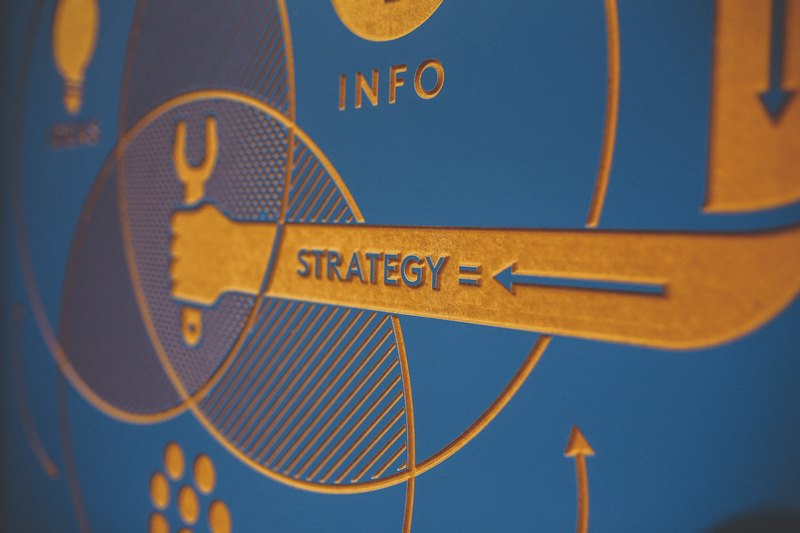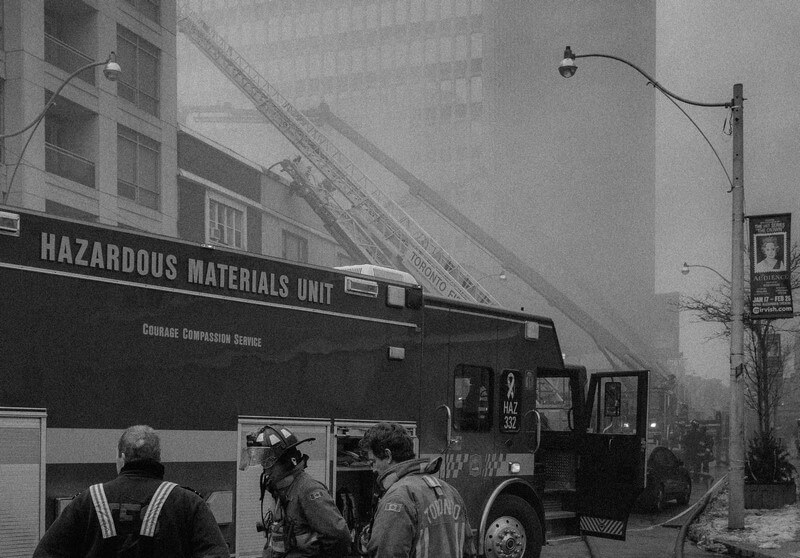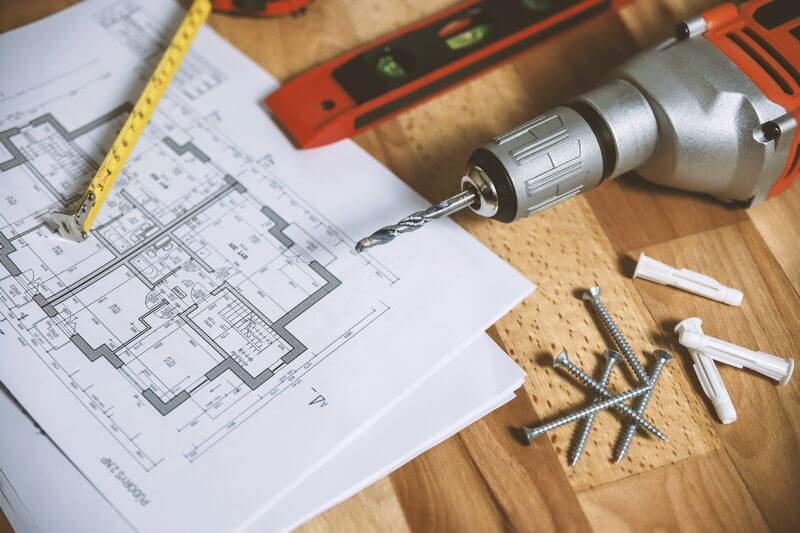
The endemic is on the horizon
When the COVID-19 pandemic reaches the endemic phase, are you ready to build back better? Many business continuity professionals are working tirelessly to respond to the OSHA ETS released on November 5th. Of course, we also continue to monitor the latest developments across the globe. As of this week, cases are on the rise in a total of 51 countries, with Europe as a hotspot.
However, experts are anticipating the pandemic to move into an endemic phase, and some States here in the US are lifting the emergency orders. We will need practitioners to continue to engage in an active COVID-19 response in the near term. Some scientists are anticipating that in the US, we could expect to enter the endemic phase in 2022. None of us are going to forget this crisis. It is one of the defining events of our lifetimes. Yet, it makes sense to catalog our lessons learned and apply them to future planning.

Getting on with life
For those of us continually engaged in a COVID-19 response since early 2020, it can be hard to contemplate an end to the crisis. However, it’s my nature to look forward while learning from the past. Already, I have started to think about what the business continuity world will look like after the pandemic.
Transitioning to an endemic level means that our focus returns to business continuity program governance. It also enables us to build organizational, operational, and personal resilience into our continuity programs. If you haven’t tackled all of these aspects yet, I encourage you to start to harness some mental energy towards this effort.

Business continuity program evolution
As I watch developments in our field, I notice that risk and resilience are becoming linked closely with business continuity. I talked about What to expect when COVID ends in a past DisasterEmpire.com blog. There, I offered an opportunity for business continuity programs to shine and provide enhanced value to their organizations. My goal is to share insights and encourage you to contemplate if you are ready to build back better? Simply put, we cannot continue conducting BC programs as we did before COVID-19. The milieu has changed.
Now is the time to evaluate your existing program and determine how to enhance it, adding in the learnings from the pandemic. In my last blog, I spoke about how the Business Impact Analysis (BIA) is changing. With my Resilience Think Tank colleague Andreas Bryant, we wrote a two-part series asking ourselves Business Continuity & Operational Resilience – Is it the same? Additionally, I suggested why having a customer focus and positioning business continuity to enhance value is critical from now on. All of this comes down to supporting your company to strengthen its resilience.

Business recovery is not just location loss
Some suggest that business continuity management is a crucial subset of risk management, and that is true. I have no issues with the two disciplines being intertwined and supporting the goal of resilience. One of our biggest challenges to overcome is the association of business continuity with location loss. Business partners equate continuity planning with what to do when there is a facility impact. Our potential risks have expanded exponentially with the dispersed employee footprint.
You and I know that planning for crises is much more than that. Whether you take a scenario-based approach or all-hazards, we intend to safeguard the business from the source of any operational disruption. The role has expanded to include reputational, social governance, and cyber threats that become critical issues. Moving into the new normal, the definition of a workplace does not just mean an office building but any work environment. It is up to us to help our stakeholders realize that if they do not already.

It's time to renovate your house
Service industry jobs that were based in-office are morphing into a mixture of remote or hybrid. Although already in play before the pandemic, COVID-19 accelerated this trend. Busines units proved they could work from home. Technological advances certainly made this possible. So did human flexibility.
The challenge is that what would usually have taken several years was accelerated in only two years. Now, many people are renovating their existing homes or moving to new ones. We are all still getting used to our new work environments. However, similarly to our personal lives, we need to evaluate our business continuity programs. From that analysis, your program may require rehab or a complete renovation.

Building a resilience mindset
Business Continuity is often considered the process you bring in when a calamity happens. COVID is an opportunity to advance the profession with excellence in a proactive instead of reactive way. By embracing a resilience mindset, we become active participants in corporate strategy—our role shifts from being a mop-up crew when disasters happen to a partner in achieving business objectives.
Embracing organizational resilience is one way to achieve this. Another is to ensure that you are working cross-functionally with key stakeholders. Today, operational resilience focuses on financial firms, but I expect that to expand quickly. The Federal Reserve is closely monitoring the developments in the UK. Supply chain risk and third-party management naturally support expansion in this area to obtain operational stability. These elements, including incorporating a solid risk management process, are ways to mature and develop a business continuity strategy. The time is now to create business continuity for the future.
